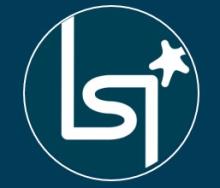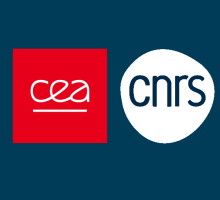Gerrit Coddens publie son livre
The first part of this book (chapters 1-5) intends to provide the reader with a thorough understanding of the mathematics of the group theory for the two major groups used in quantum mechanics, viz. the rotation group and the homogeneous Lorentz group. It is within the context of this group theory that spinors occur naturally. The aim is to demonstrate that the mathematics do not need to be abstract, difficult or non-intuitive. The approach is therefore geometrical rather than algebraic and it proceeds by a step-by-step construction, where each step is conceptually clear and intuitive. All the reader needs to know to follow the detailed argument is Euclidean geometry and the Lorentz transformations of special relativity.
The insight and intuition gained this way are then used to derive in a mathematically rigorous way the Dirac equation from the simple classical Ansatz that the electron is a spinning particle. As the Schrödinger equation can be derived from the Dirac equation, one can thus derive the two major equations of basic quantum mechanics from simple classical ideas.
In the second part of the book (chapters 6-12), the mathematically rigorous results obtained in the first part are used to investigate the foundations of quantum mechanics. To be able to follow the argument here, the reader must have some basic knowledge of quantum mechanics. As mentioned above, the Dirac equation can be derived classically. It is the way we solve the equation that turns it into quantum mechanics. The crucial point is that by carrying out the algebra without bothering about its geometrical meaning (following the motto “shut up and calculate”), one can transgress certain limits of validity imposed by the assumptions made in the classical Ansatz. This way one extends the formalism beyond its initially intended domain of definition and crosses unwittingly the frontiers between classical mechanics and quantum mechanics. As a result of these transgressions one makes e.g. the transition from classical orbits to quantum mechanical orbital’s and from classical determinism to quantum mechanical probabilities. One also introduces the superposition principle, which is not part of the initial geometrical ideas. All this suggests that understanding quantum mechanics requires figuring out the physical meaning of these algebraic transgressions.
The book proposes thus a new method of approach to study the foundations of quantum mechanics, based on the geometrical meaning of spinors.
July 15th 2016, 300 copies have already been sold.


